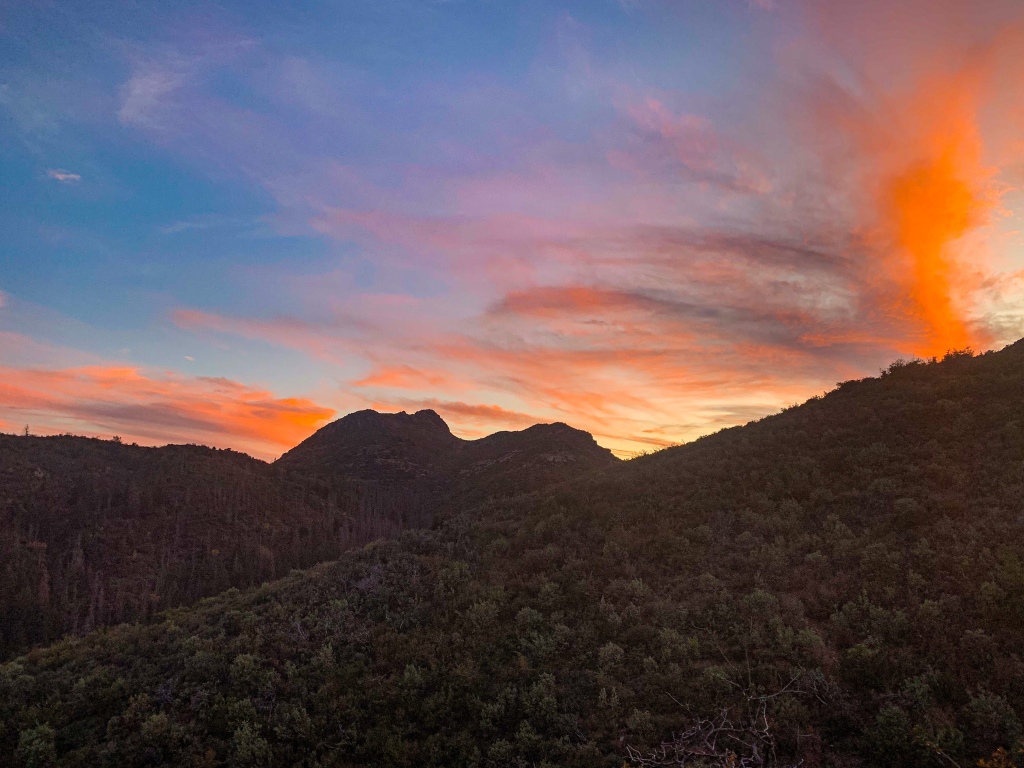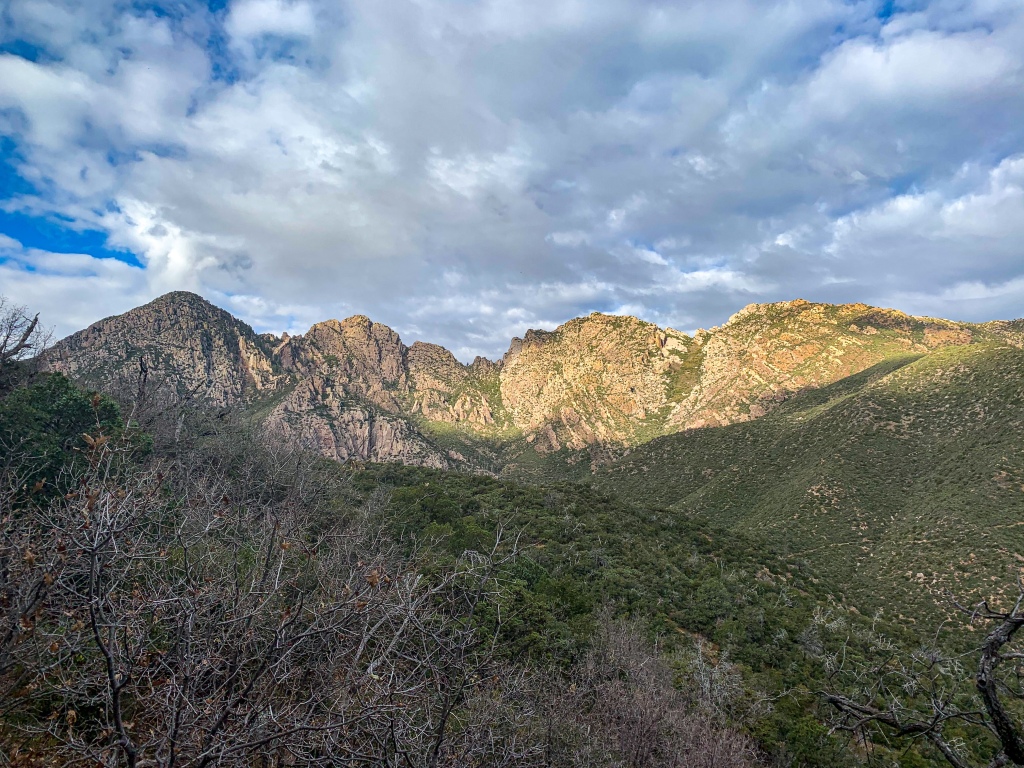When many individuals are first looking at getting into thruhiking, they face one crucial decision after trail selection – to section hike, or thruhike. Each has different advantages and challenges, and may be better suited for one trail than another. Today, we’re going to discuss these.
First, we need to define each. For our purposes, section hiking is the dividing of a long distance trail into shorter portions that are then hiked separately over time. For example, hiking the Massachusetts or Vermont portions of the Appalachian Trail, or one or more passages of the Arizona Trail. Thruhiking is the hiking of an entire trail in one or, in some cases depending on context, possibly two shots. For example, hiking the entire Arizona Trail, Long Trail, Appalachian Trail, etc.
Thruhiking
When it comes to thruhiking, the primary challenge to me is mental. The initial commitment to undertake a thruhike is a significant mental challenge in and of itself. Confidence in one’s preparation in advance is important. In addition, particularly on less traveled trails, continuing motivation can be a challenge – obviously success in a thruhike depends on getting up, packing up, and hiking a certain distance each day unless taking a zero (a day where no trail mileage is logged).
There are additional logistical and physical challenges, particularly early in the hike. It takes time to acclimate to hiking extended miles over rugged terrain. Logistics depend on advance research of a trail – on something like the AT, it may be possible to resupply in local trail towns. On others, mail drops – sending advance supplies to oneself via the USPS’ General Delivery system or via establishments along a trail that accept hiker packages – may be required or more convenient.
Further, distance between resupply points present additional challenges. Hiking between Pine and Flagstaff on the Arizona Trail is a roughly 2 week stretch with only one resupply option at Mormon Lake in the north, for example. There are two options that devolve – carry more food, have supplies cached, or gamble and carry less to move faster.
Another major challenge can be securing the amount of time that thruhikes can take, particularly for longer or more rugged trails like the Arizona Trail; Pacific Crest Trail; Appalachian Trail and Continental Divide Trail. Communication may be more limited for longer periods, too.

Saddle Mountain Wilderness
Arizona Trail, Passage 22 (Saddle Mountain)
But, there can be major advantages to thruhiking. Namely, once one acclimates to distance hiking and builds up endurance, it becomes easier to hike farther and maintain extended paces. In trail lingo, once you have your “trail legs,” terrain and distance challenges are a much more diminished challenge. Some logistical challenges, such as transport to and from the trail, and associated costs can be diminished or eliminated by thruhiking as well.
Section Hiking
Section hiking, on the other hand, requires less consecutive time and may not require the same logistical preparation, although this depends on the situation and precise trail circumstances. it can also allow more targeted experiences of sections at the “best times” to see them. However, it may sometimes be more difficult to reliably get the blocks of time off for a section hike, or at the best time consistently.
More importantly, it can be easy to get off trail just when one is getting into peak trail shape, or getting one’s “trail legs,” which can mean that section hikers, despite hiking shorter passages of a trail and in theory having fresher legs, take longer to hike the same distance than a thruhiker does. They may end up taking more time overall for the trail as well. Some trails are also not as conducive to section hiking.
So, Should You Thruhike or Section Hike?
If I had to summarize the biggest difference between the two in a sentence, it would be that thruhiking, especially solo, is a bigger mental challenge while section hiking involves a bigger physical challenge. Both offer the benefits of interactions with the incredible trail communities on and off trail.
For those who want to see each part of a trail at its peak, or who don’t want to deal with the logistics of an extended hike, section hiking likely appeals. For those who want immersive experience with extended periods of time disconnected in wilderness, or who are drawn by the romantic image of hiking something like the AT, thruhiking likely has a greater appeal. But ultimately, which is best for any one person is a personal decision. Both are significant accomplishments in their own way and should be recognized as such.

Arizona Trail (Four Peaks passage)
Four Peaks Wilderness
Tonto National Forest, Arizona
SurgeGraph Review Cum
I don’t even know how I ended up here, but I thought this post was good.
I don’t know who you are but certainly you’re going to a famous blogger if you aren’t already ;
) Cheers!
שירותי ליווי בתל אביב
Greetings! Very useful advice in this particular article! It is the little changes that produce the greatest changes. Thanks a lot for sharing!
דירות דיסקרטיות בירושלים — israelnightclub.com
I have to thank you for the efforts you have put in penning this website. Im hoping to see the same high-grade content by you in the future as well. In truth, your creative writing abilities has motivated me to get my own website now 😉